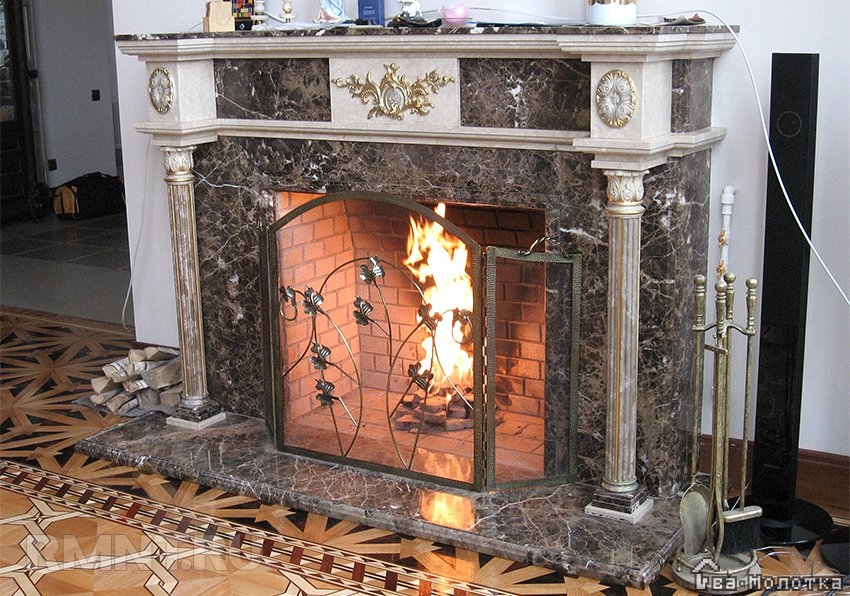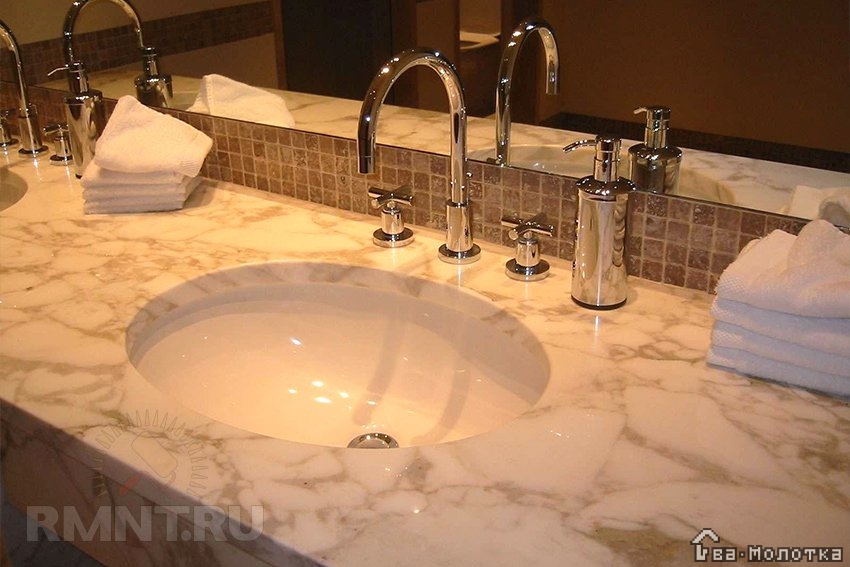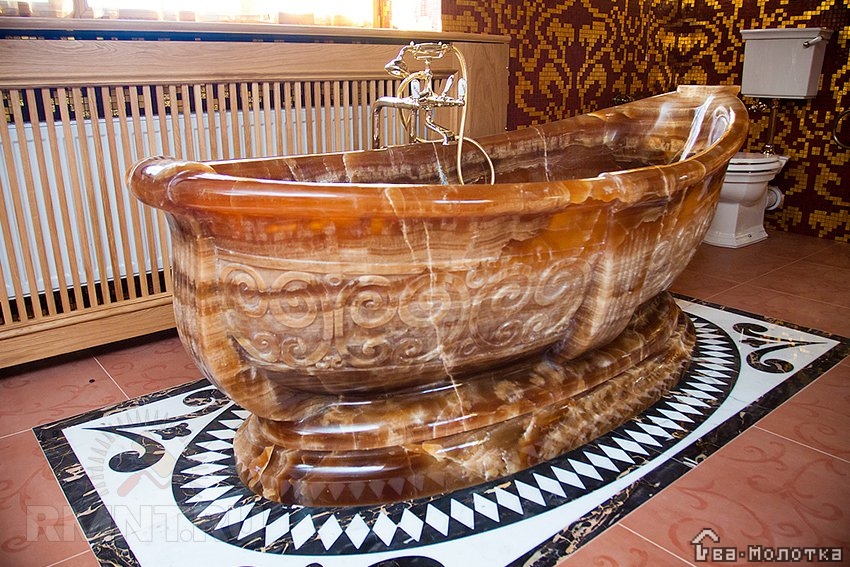The use of natural stone in construction – granite, marble and onyx

This article considers the benefits of natural stone exterior and interior finishes. It discusses the construction, appearance and qualities of each option from among the frequent modes of stone finishes. It also pays attention to the basic characteristics and use of each of them.

Since times immemorial, the beauty and durability of stone have appealed to builders and architects. Even today, The fascinating appearance of each individual element continues to transform simple, spacious buildings into magnificent monuments.
GRANITE
A type of rock which is laid out in a continuous monolith (cliff). It consists of quartz, feldspar, mica and plagioclase. It can have light grey (plagiogranite) or pink (alaskite) colour.
Area of application
Due to its exceptional properties, granite can be worked in many ways. For this purpose, stone-cutting factories and stonecutting workshops are set up near the quarries.

Boulders. They are used by artists’ studios to make sculptural forms – monuments, balustrades, fountains, minor architectural elements. Sometimes used in their original form for creating memorials or as counterweights.
Slabs. Used for embankments, historic exteriors, tombstones.
Finishing tiles and shaped elements. Used to clad facades and plinths of houses, objects of cultural value.

Granite rubble. The strongest crushed stone known. Raw material for high-strength concrete.
Granite chips. Material for dusting and spraying. Used for abrasives, decorating and pressing products.
Advantages:
1.Exceptional compressive strength of about 300 mPa
- Extremely low abrasion resistance
- Does not require additional protection (lacquering, painting)
Drawbacks:
1.Extremely low water absorption – requires special expensive adhesive for installation
- high volumetric weight – from 2800 kg/m3
MARBLE
Sometimes also referred to as calcite. It has a wavy or fragmentary structure with inclusions of other impurities – clay, quartz. It makes the pattern of stone unique. It is manufactured and supplied as polished.

Area of application
On properties and the field of application marble is very close to granite, but has smaller resistance to compression – 230-250 mPa. It is used in art architecture, restoration and recreation of ancient interiors, landscape architecture. It is identical to granite in purpose and application.
Its advantages and disadvantages are similar to those of granite. The main difference between them is their appearance.
ONYX
A quartz mineral. It has a layered structure with undulating bands of warm shades. The distinctive, unique look of a polished cut even of a small stone is mesmerizing. They occur in different thickness and sizes on the stone, which gives the surface a natural finishing touch.

Applications
Onyx is a rather rare mineral, and very valuable for that matter. It is mainly used to make fine decorative objects, souvenirs, memorabilia, table and room objects and jewellery. Slabs and tiles can exceptionally be found in onyx or related sardonyx.
Advantages:
1.Highest strength – 6-7 on the Shore scale
2.Moderate bulk weight – approximately 2500 kg/m3
3.Exceptional appearance
Disadvantage: High price, especially for large solid elements
Source: dvamolotka.ru
